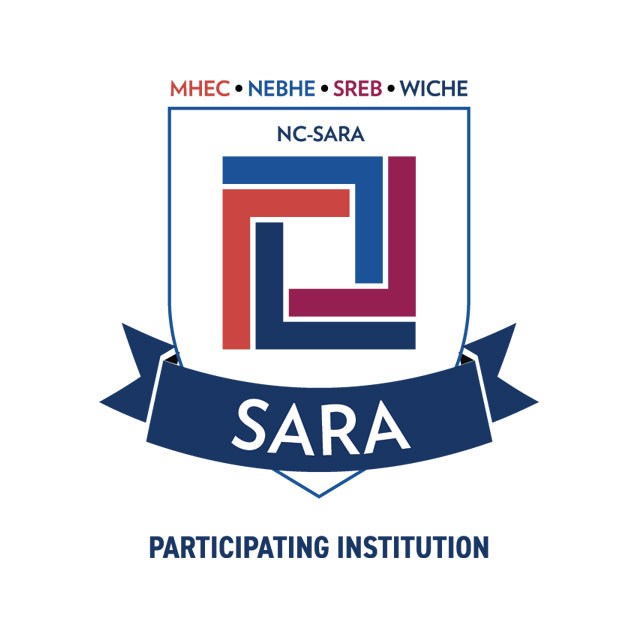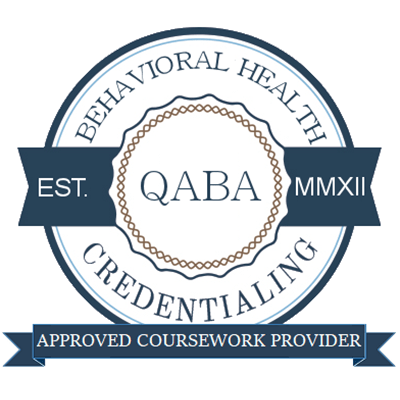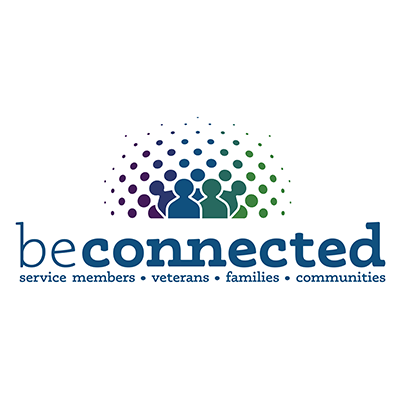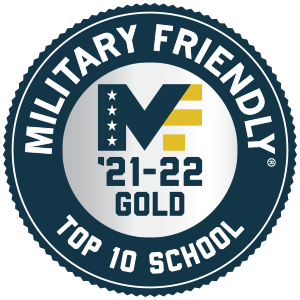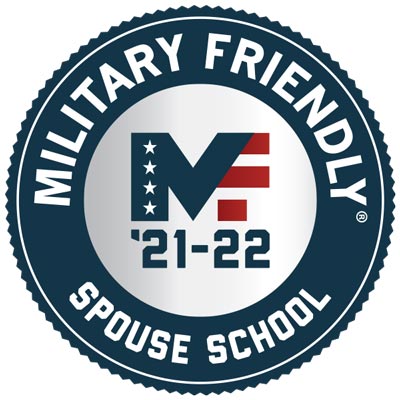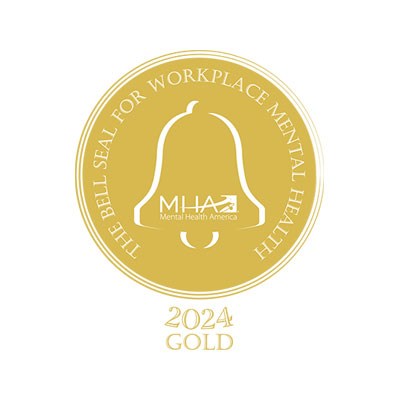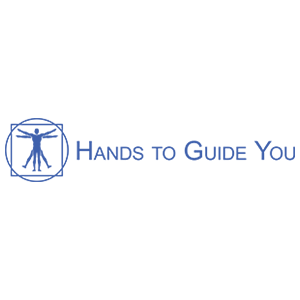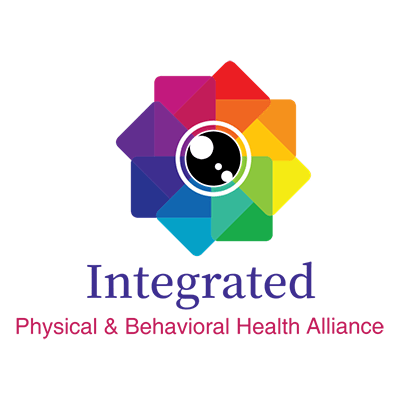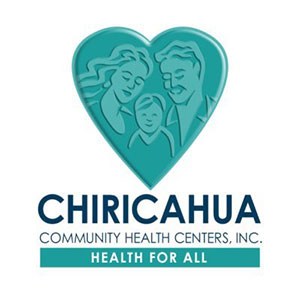Serving Military Families and Veterans In and Out of Uniform
C. Carl Wilson, DBH, LPCC
Faculty at Cummings Graduate Institute of Behavioral Health
October 7, 2019
As a faculty member in the Doctor of Behavioral Health program and a 12-year veteran of the United States Army whose career in the military has been one of taking care of troops as a training sergeant to chaplains, it is my pleasure to teach the DBH 9020: Military Families and Veterans course at Cummings Graduate Institute of Behavioral Health Studies which focuses on the characteristics of military life. My career in taking care of troops never ended; I just changed uniforms.
Teaching this course allows me to continue taking care of troops. Emphasis is placed on the deployment, stress and separation factors that make military life particularly difficult. Assessment, diagnosis, and treatment of common clinical issues facing military service members and their families are identified and are key elements of this course.
Treating active duty, veterans and their families is no easy task when you consider the barriers to the treatment that they face every day in their communities. The trauma that veterans of the Iraq and Afghanistan wars return home with and the lack of trained mental health professionals is a recipe for disaster within a vulnerable population. There has even been some research done on the vicarious association of post-traumatic stress disorder (PTSD), also known as secondary traumatization seen in spouses of those service members living with a diagnosis of PTSD (Diehle, Brooks & Greenberg, 2017). The conclusion of one study reported that any treatment for those diagnosed with PTSD must include spouses (Francisković, Stevanović, Jelusić, Roganović, Klarić, & Grković, 2007).
Common themes when working with this population included a lack of motivation because of the stigma associated with mental health and their perceived ideology of what a strong individual looks like. Military families have a small community in which they can open up about issues concerning their overall health. Additional concerns include social interactions and limited access to quality and convenient health care. Accessing care at Veterans Administration Medical Centers (VAMC) is also complicated by long wait times and additional barriers. Teaching DBH 9020: Military Families and Veterans allows me to continue to serve our military community and address some of the common concerns of accessing quality care.
References
Diehle, J., Brooks, S. K., & Greenberg, N. (2017). Veterans are not the only ones suffering from posttraumatic stress symptoms: what do we know about dependents’ secondary traumatic stress?. Social psychiatry and psychiatric epidemiology, 52(1), 35-44. doi:10.1007/s00127-016-1292-6
Francisković, T., Stevanović, A., Jelusić, I., Roganović, B., Klarić, M., & Grković, J. (2007). Secondary traumatization of wives of war veterans with posttraumatic stress disorder. Croatian medical journal, 48(2), 177–184.





